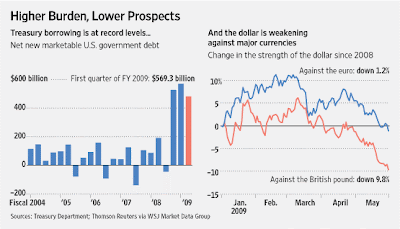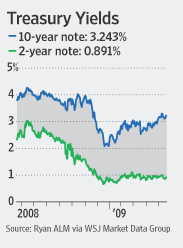Missoula native Melissa Meyer never expected that she would return home to Montana to rethink her future plans. After graduating Summa Cum Laude from George Washington University, moving home has become an unexpected time out to rethink future plans and the various roads she could take in the coming year.
Melissa had always been too big for this town, her father liked to say. She was editor of the school newspaper, an intern in the U.S. Senate and the only student from Sentinel High School's Class of 2005 to attend college on the East Coast. On her rare visits home from George Washington University, longtime friends liked to tease her: "Hey, Melissa, are you president yet?"
So, how to explain this? Each morning, Melissa wakes up in her old bedroom, scans the foreign decor and thinks: This is the guest room now. I am the guest. I am not supposed to be here.
She graduated magna cum laude from the GW Business School in May, applied for 30 jobs at some of the nation's best-known companies, and it went nowhere. After visiting the campus career center and redesigning her résumé, she applied for 10 more jobs. Still nothing. The lease on her Foggy Bottom apartment expired in June. There was no place to go but home, with a collection of rejection letters and a haunting sense of betrayal. For 23 years, she had advanced down America's path to success -- perfect grades, a $200,000 college degree, a folder overstuffed with business cards -- only to have it dead-end back where she started.
"What was the point?" she asks.
For Melissa, that question is the legacy of the recession as she rises one Tuesday morning in early fall and begins her day with the same routine that defined her adolescence. She rummages through the refrigerator, eats leftovers from a dinner party her parents threw the night before and then retreats upstairs to prepare for a fill-in shift at the same job she held throughout high school. After changing into cowboy boots and a skirt, she borrows her parents' car and drives three minutes to work at Rockin Rudy's, a record store with a peace sign hanging at the entrance.













